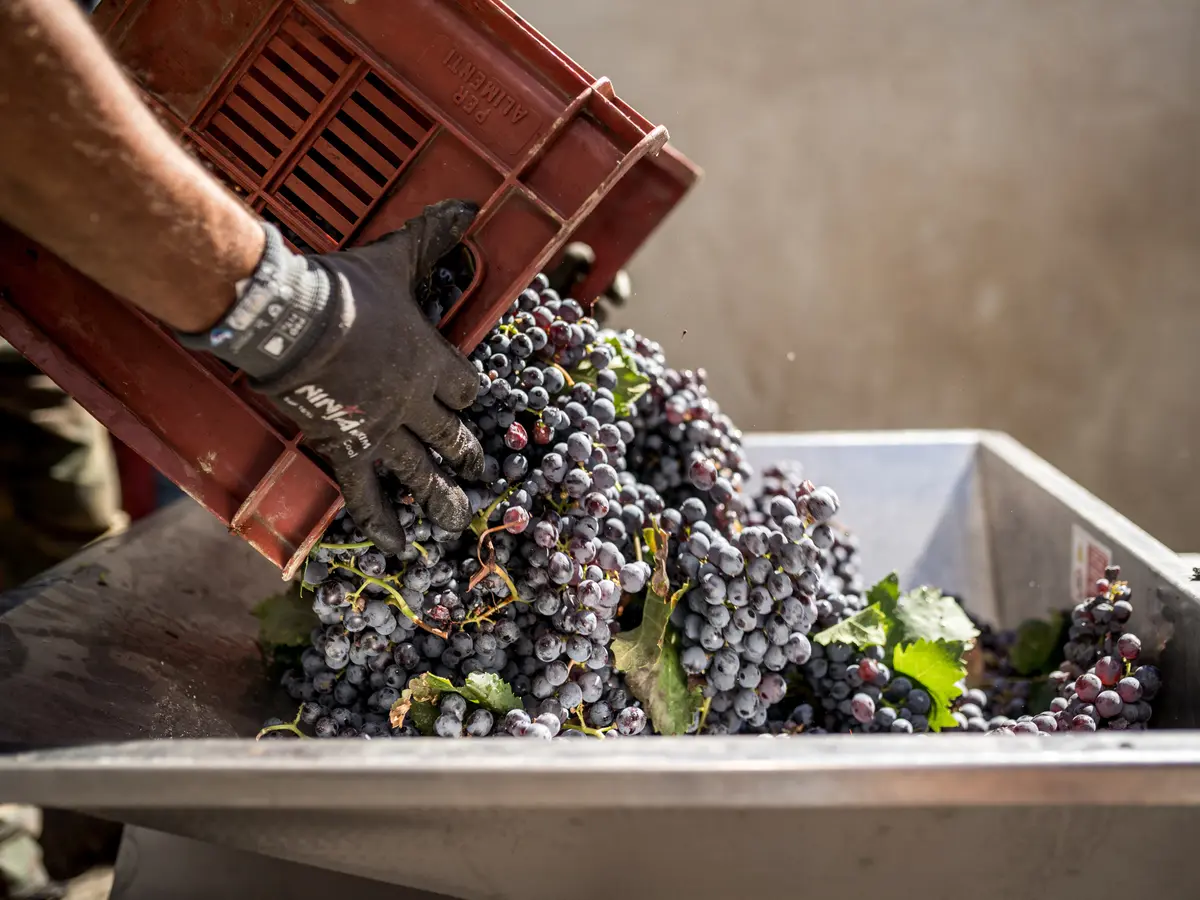The Calabrian chestnut, between festivals and excursions
From roast chestnuts to flour: the many uses of an autumn fruit
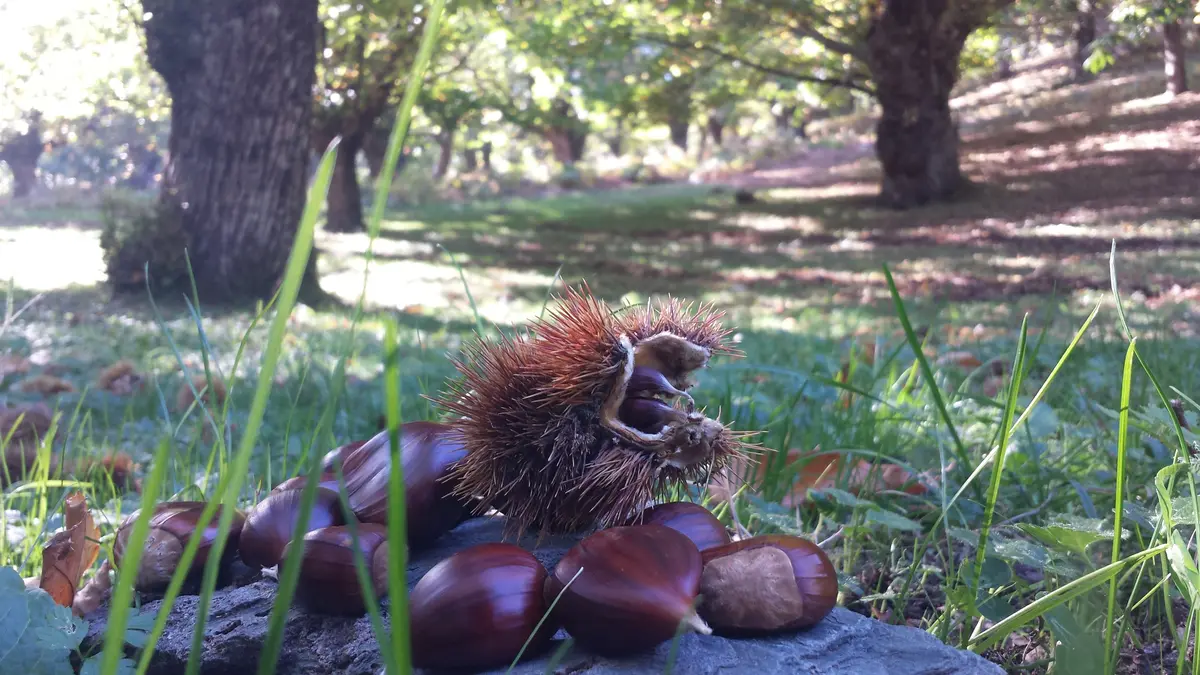
Food and wine
Regione Calabria
October and November are the months of the chestnut, the best-loved autumn fruit, which in Calabria has its own varieties and characteristics.
Let's discover together the sweet Calabrian chestnut and the many uses traditionally made of it, on a pleasant autumn trip through woods and chestnut groves.
From the north to the south of the region, the Calabrian chestnut accompanies the autumn table from breakfast to the dessert at the end of the day, declined in the most mouth-watering variants, making jam and marrons glacés.
The Calabrian chestnut
Although it does not yet have its own brand recognition, the Calabrian chestnut is an extremely valuable forest product that has accompanied the diet of Calabrians for centuries, marking the stages of historical and traditional cuisine.
Formerly known as the "bread of the poor", since its milling yielded the chestnut flour with which to knead the dark bread that accompanied the tables of the less well-off, together with rye flour (jermànu), the chestnut is still the queen of the autumn table, although processed in certainly more refined and gourmet forms.
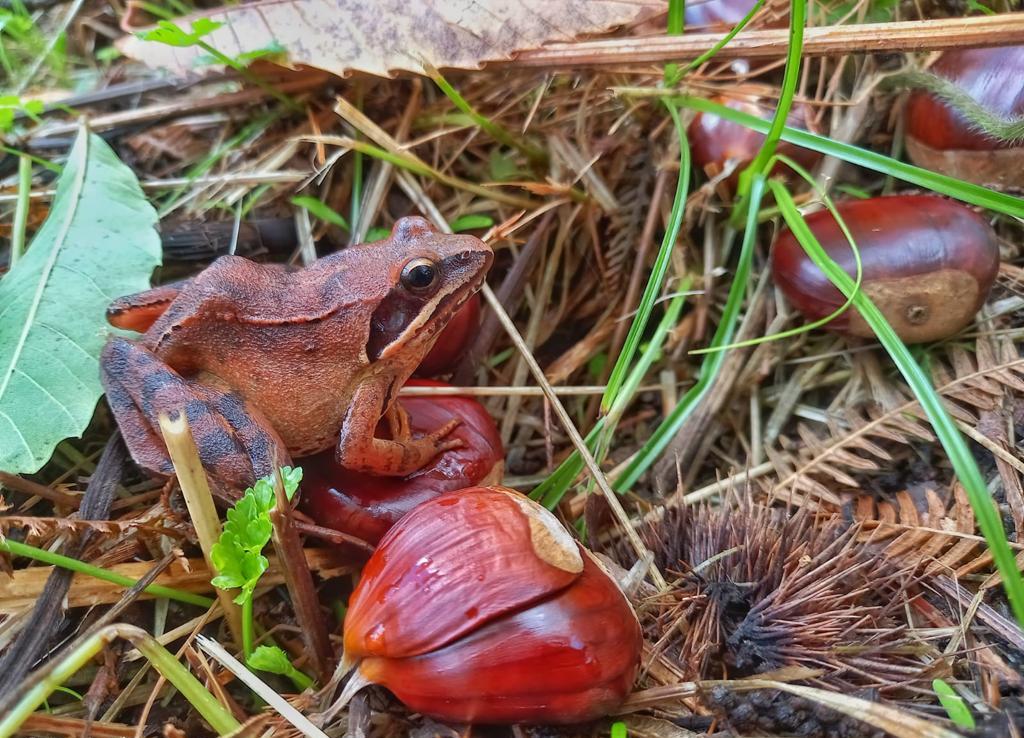
The Calabrian chestnut has 5 main varieties: Arturo, Marrone di San Donato, 'Nserta Calabrese, Riggiola Calabrese and Ruvillese. Each of them covers a fairly defined territory with the exception of the 'Nserta, which is spread over 50% of the regional territory.
What Calabrian dishes and products are based on chestnuts? You will be spoilt for choice: start with the classic chestnut jam and chestnut cream and move on to the full menu, from starter to dessert, between traditional recipes and innovative ideas.
The "must" is chestnut bread, excellent with soups; the Calabrian chestnut desserts are mouth-watering, such as the chestnut and chocolate lucerne (chinole or chinulìlli) - with ricotta and mostarda variants - typical of the province of Cosenza; not to mention the delicious baked chestnuts (pastìdhi or pastìlli) and roasted chestnuts that warm the first autumn chills.
Chestnut festivals in Calabria and excursions among the chestnut groves
The chestnut festivals in Calabria are diverse and allow the respective territorial varieties and typical recipes to be appreciated. Historical events include the Chestnut and Ancient Eating Festival in Acquaformosa; the Chestnut Festival in San Donato di Ninea and the Chestnut Festival in Sant'Agata di Esaro, all three in the province of Cosenza, where the most common cultivars are the Arturo chestnut - typical of the Serre Cosentine and Upper Savuto Valleys - and the Marrone di San Donato.

The latter is the Calabrian chestnut that populates the woods around San Donato di Ninea, to which the community pays homage with the historic Autumn Festival that offers tastings and shows in the streets of the historic centre. Between one tasting and another, the Church of the Assunta, the Church of the Trinità and the Chapel of San Donato can be visited.
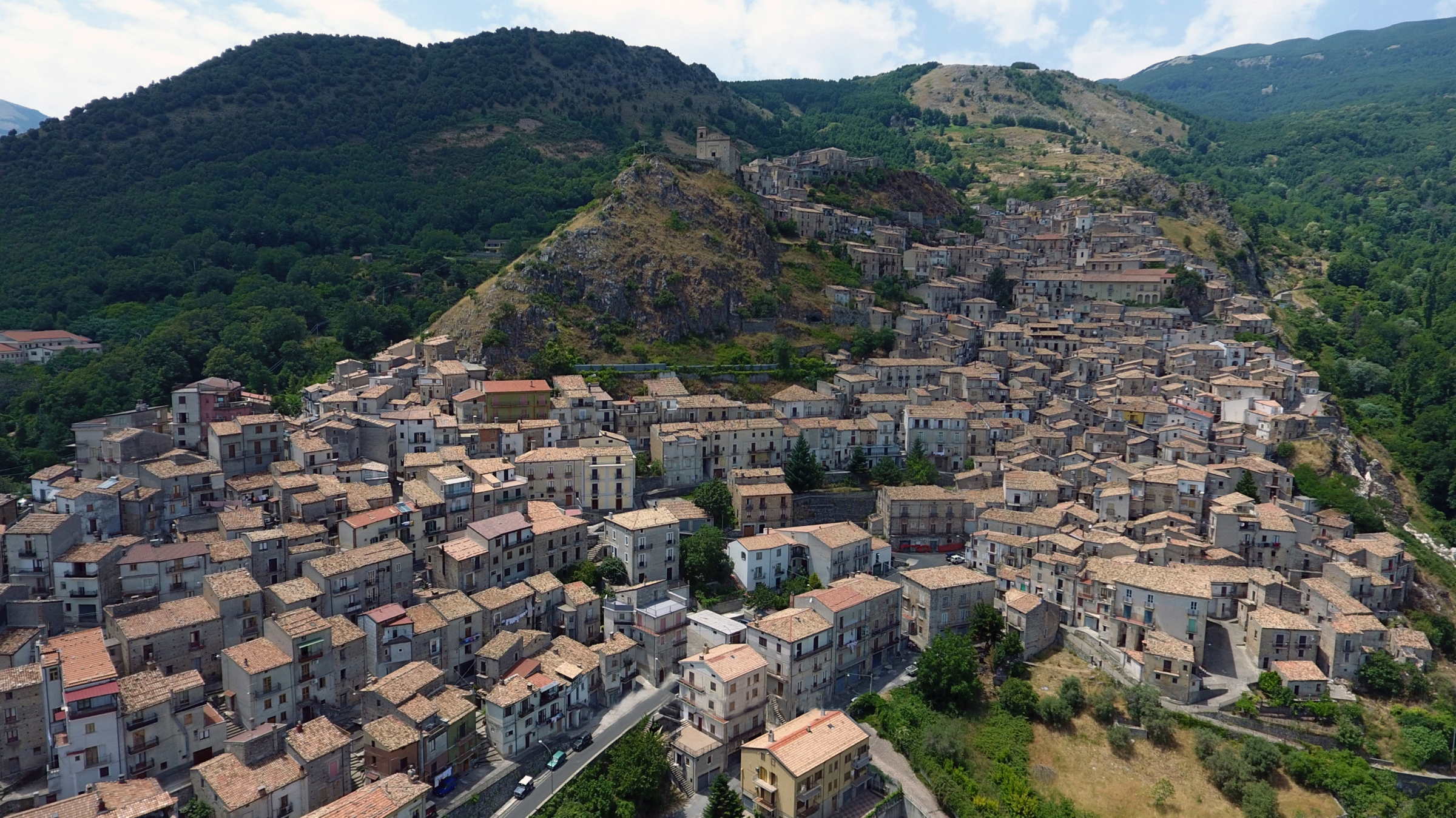
Those who opt for the festivals of Acquaformosa and Sant'Agata di Esaro can admire as much artistic and natural beauty.
Among the Arbëreshë (Italo-Albanian) villages of Calabria, Acquaformosa recounts the authenticity of the Greek-Byzantine rite in the form of the Church of San Giovanni Battista and in the folkloristic festivities that stage dances, songs, costumes and typical dishes. Sant'Agata di Esaro, along the river of the same name, offers a visit to its many noble palaces and sacred buildings, such as the Convent of San Francesco di Paola, as well as the not-to-be-missed excursion to the Monaca Cave, one of the most important and impressive prehistoric sites in Europe.
Other Calabrian chestnut locations embrace the provinces of Catanzaro and Crotone, where it is possible to visit chestnut groves and taste the Ruvillese and Riggiola varieties, the latter being the earliest Calabrian cultivar, ripening as early as the beginning of October.
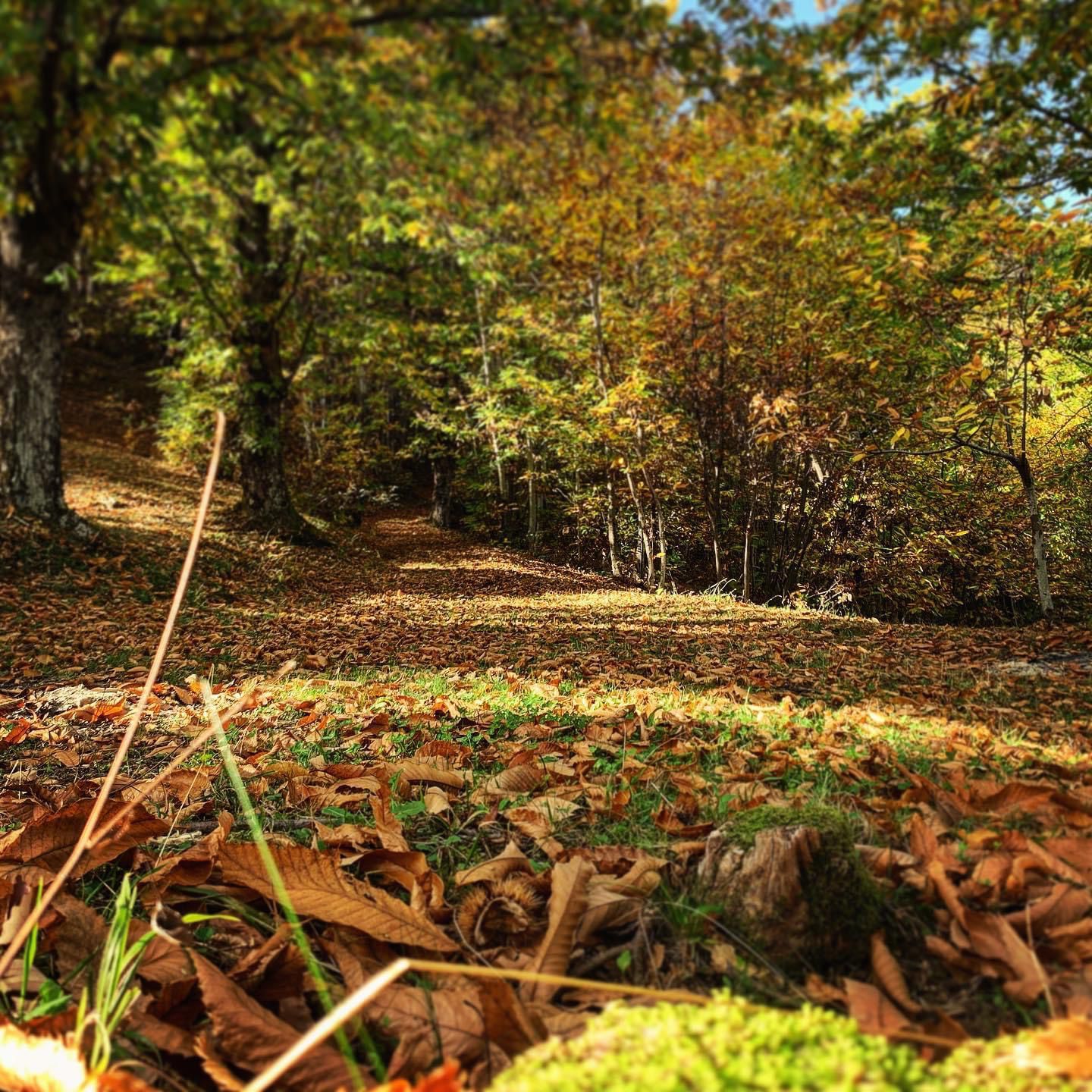
In the province of Catanzaro, for example, trekking in the chestnut groves of the so-called Sila Piccola (Sila National Park) is not to be missed, offering the possibility of visiting evocative places such as Villaggio Mancuso and museums expressly dedicated to the sweet autumn fruit, such as the Museum of the Chestnut and Peasant Art in Cerva.
The Museum emphasises the testimonies linked to the history, farming traditions and processing of the local chestnut through an itinerary divided into three sections: history and processing of the chestnut, reconstruction of ancient environments and domestic furnishings, archives and digital documents.
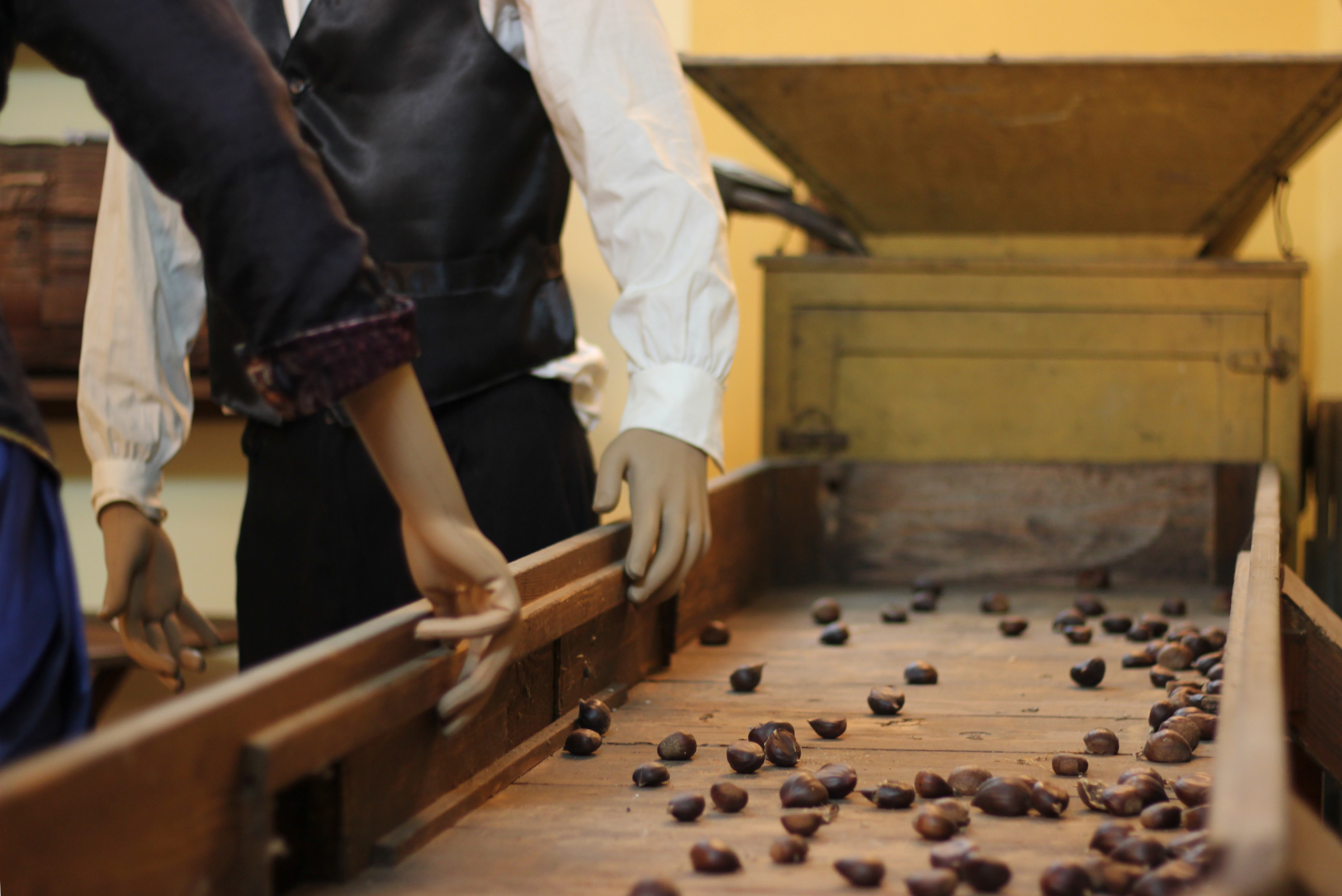
To conclude, the province of Vibo Valentia gives the best of its chestnut groves in the Serre Regional Park, where the chestnut harvest is combined with that of the prized Porcino delle Serre; while the province of Reggio Calabria offers the chestnut groves of the Aspromonte National Park, interspersed with rivers and deep valleys that slope down to the sea.
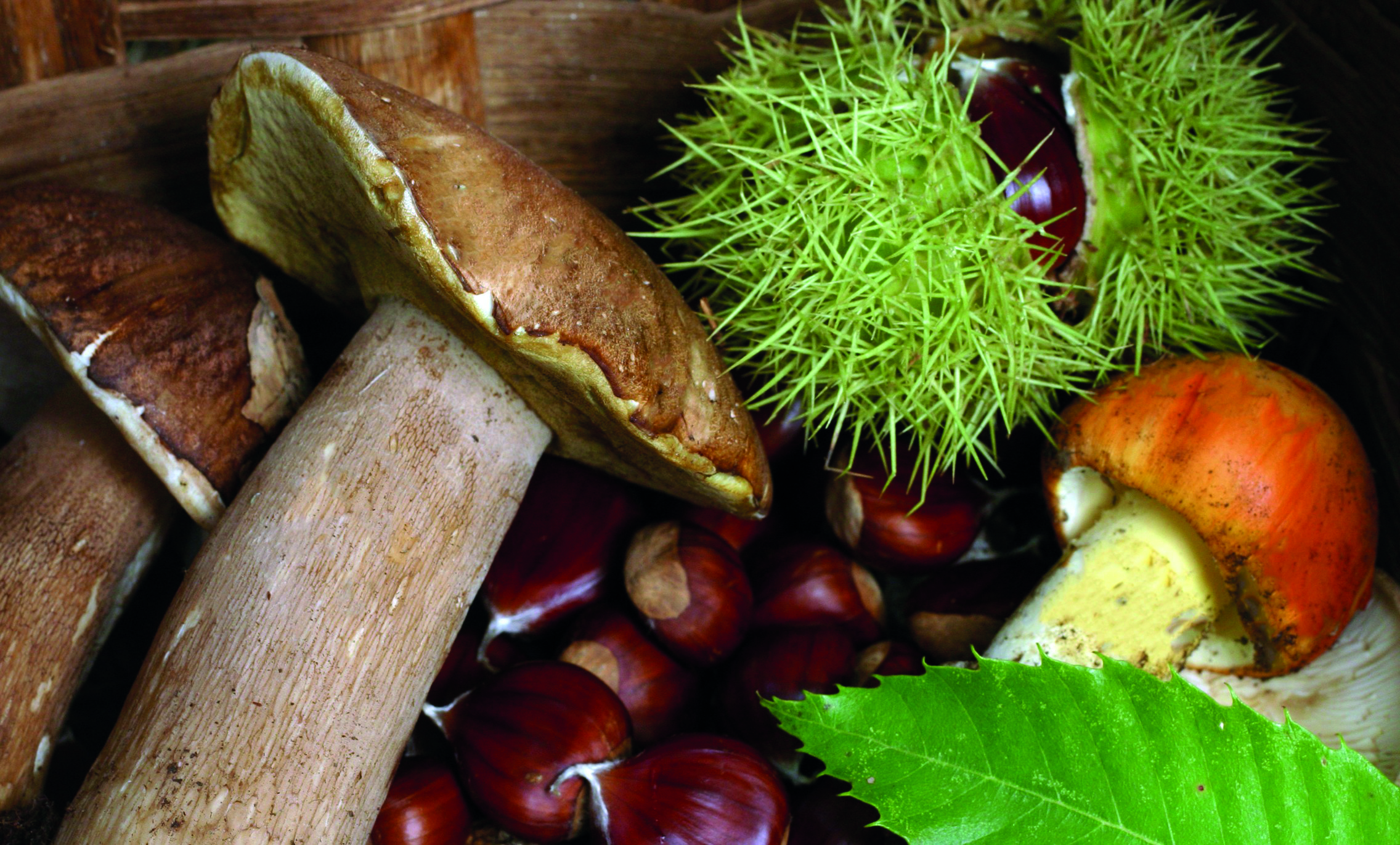
https://calabriastraordinaria.it/en/news/the-calabrian-chestnut-between-festivals-and-excursions



